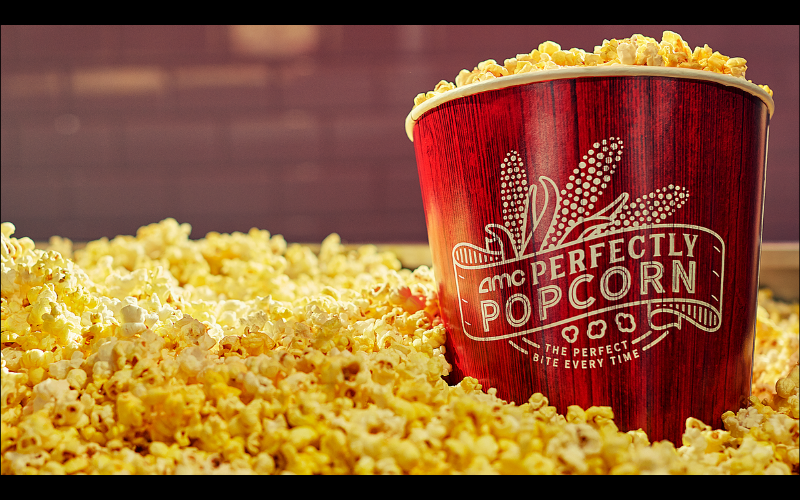
Whether you like it or not in the coming decade you will be eating lots more alternative meat and most of the time you won’t even know the difference.
- + Bullish
- Vegan market is growing from 1% in 2012 to nearly 6% today
- Company able to increase revenues tenfold
- Deals with Dunkin Donuts, KFC, and Pizza Hut
- Collaborating with McDonalds on a plant based product
- + Bearish
- 21 times sales and 600 times trailing earnings
- Competition from Impossible Foods
- Tyson Foods are looking to get into the business
- Lab grown real meat
+ The Unsustainable Cost of Meat Production
The consumption of meat protein is one of the key markers of advanced civilization. All societies that grow richer consume more and more meat in their diet. Animal protein is vital to the strength of bones and muscles and for the majority of human beings also provides the greatest of culinary pleasures. But the global meat industry has extraordinary high negative externalities greater than perhaps even than oil and gas. Livestock generates so much methane gas that it is considered to be one of the main contributors to climate change. But the negative impact of meat does not stop there. Livestock production is hugely resource intensive and requires both water and land cultivation (40% of all crops produced in the world go to feeding livestock). Add to that the trillions upon trillions of dollars in healthcare costs that a processed meat diet imposes on humanity and it is easy to imagine that regulators across the world will soon begin to consider sin taxes on the product much like they do with cigarettes in order to curtail demand.
+ A Revolution in Food
The rise of the alternative meat industry – which is creating meat substitutes that mirror the taste of meat but incur none of the societal costs – is creating an opportunity to bet on a radical change in food production that will have lasting consequences for decades to come.
We “Ben Franklin” the glamour stock of this sector – Beyond Meat #BYND – and examine the pros and cons of the trade.

Buy #BYND
+ Increased Revenue 10X
The company is an early innovator in the space and has been able to establish itself as a dominant brand in the vegan or “vegan-curious” market which is growing fast from 1% in 2012 to nearly 6% today.
The company has been able to increase revenues tenfold from 13M in Q2 of 2018 to 113M in Q3 of 2020. The big question is whether it can grow revenues tenfold from the current levels to about 1.5B quarterly run rate in order to justify the current valuation.
Companies current product is best used as a meat substitute for processed type of meat products such as sausages, chicken tenders, hamburgers and meatballs where the taste and texture are close enough to real meat taste for consumers not to notice.
+ Signed Deals with Dunkin, KFC, Pizza Hut, Mickey Ds
It has made strong inroads with quick service restaurants (QSRs) and has inked deals with Dunkin Donuts, KFC, and Pizza Hut.
It is collaborating with McDonalds on a plant based product that could become a breakout product in the space if it finds traction in the US and in non-meat eating locales such as India.
Unlike its main competitor Impossible Foods #BYND does not use GMO based components in its products which could be a huge competitive advantage especially in advanced markets like EU where the population looks at GMO foods with great suspicion
Sell #BYND
+ Trades At 600X earnings
Massive valuation (it trades at 21 times sales and 600 times trailing earnings) makes stock vulnerable to a 50% correction on any hint of delay in growth.
The company’s reliance on the QSR (Quick Service Restaurant) channel cost it dearly during COVID-19 as growth in the restaurant segment cratered while the direct consumer buying rose by only 40% only partially offsetting the declines in the restaurant business. For now the alternative meat product remains a novelty for the majority of US consumers and discovery of the product continues to be reliant on the restaurant channel where it can be hidden within the more traditional dish.
+ Competition from All Sides
The space sports strong competition specifically from Impossible Foods which will likely IPO in 2021 and will be flush with capital to compete in both the restaurant and direct consumer segment.
Some large scale meat producers such as Tyson Foods are looking to get into the business and vertically integrate all the way up to the wholesale level
Lab grown real meat (see video below ) could provide a more realistic alternative to most consumers while at the same time mitigating much of the societal costs of livestock production.
Conclusion – Meat Alternatives Will Go Mainstream
Fake meat will be a real business in the coming decade. The addressable market for meat production in the US alone exceeds $230 Billion.
The sector is an environmental nightmare, a dietary health hazard and often a source of infectious disease that sometimes turns deadly.
Regulators, activists, consumers are all looking for better solutions to this key societal problem.
Up to now taste has always been the barrier to innovation.
But no more. #BYND stands at the forefront of new businesses that are attempting to change consumer behavior while catering to consumer taste.
+ Restaurants Hold the Key to Growth
The true growth in the sector will come from the restaurant segment, especially if the alternative meat products could demonstrate a similarity in taste and competitive costs structure while minimizing spoilage and food poisoning costs.
The restaurant sector will begin substitution whether the consumer asks for it or not and will therefore generate much greater market acceptance for the product.
+ This is a 5 – 10 Year Investment Play
The industry is in the embryonic stages of existence and could easily see growth increase tenfold and then tenfold after that. As the first consumer brand to establish itself in the space #BYND remains a high potential growth stock in what is clearly going to be a major secular shift in how the world manufactures and consumes protein.
As such it remains a long term buy but is subject to big volatility in years ahead. Investors could take advantage of that dynamic by through tactical put selling (Selling near term 50 delta puts over a series of months until a full position is established) or by simply acquiring a position with an investment horizon of at least 5 to 7 years and full appreciation for massive volatility ahead.







